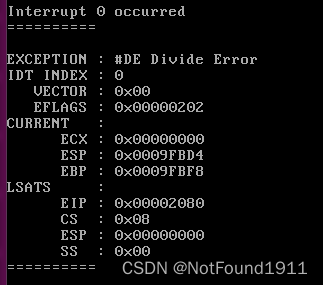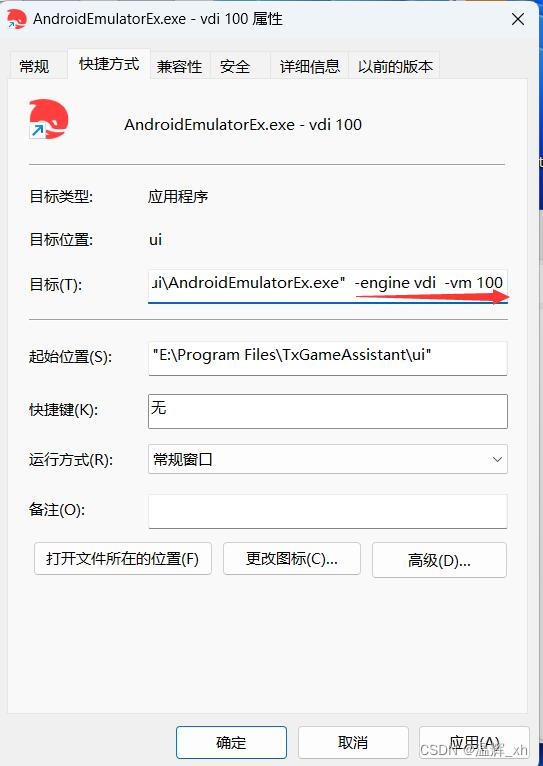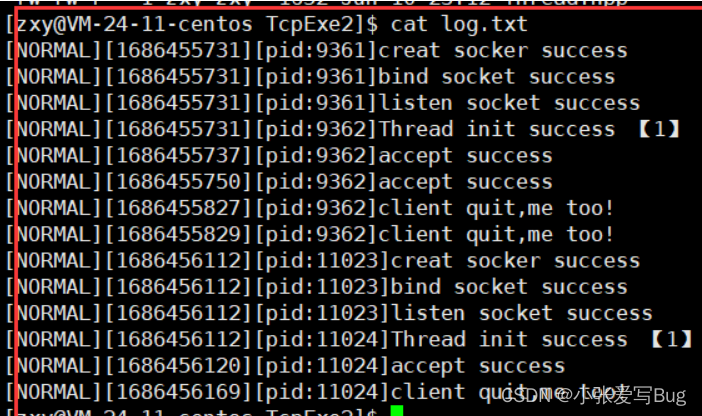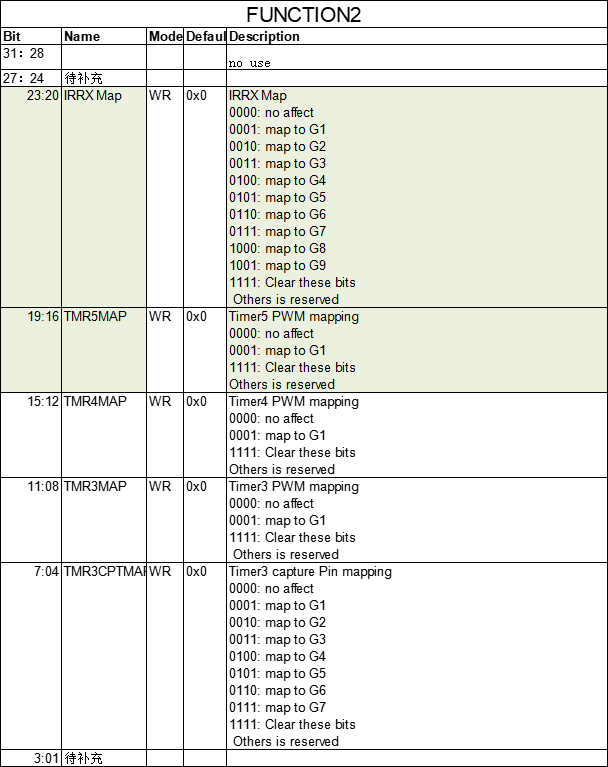定义于头文件 <ios>
| class ios_base; |
类 ios_base 是作为所有 I/O 流类的基类工作的多用途类。它维护数种数据:
1) 状态信息:流状态标志;
2) 控制信息:控制输入和输出序列格式化和感染的本地环境的标志;
3) 私有存储:允许 long 和 void* 成员的有下标可扩展数据结构,它可以实现为二个任意长度的数组,或二元素结构体的单个数组,或另一容器;
4) 回调:从 imbue() 、 copyfmt() 和 ~ios_base() 调用的任意数量用户定义函数。
典型实现保有对应下列 fmtflags 、 iostate 、 openmode 及 seekdir 所有值的成员常量,维护当前精度、宽度、格式化标志、异常掩码、缓冲区错误状态、保有回调的可调大小容器、当前感染的 locale 、私有存储的成员变量及 xalloc() 所用的静态整数变量。
本地环境
设置本地环境
std::ios_base::imbue| std::locale imbue( const std::locale& loc ); |
设置流的关联本地环境为给定值。在返回前,以 imbue_event 为参数调用 register_callback() 所注册的每个函数。
参数
| loc | - | 要关联到流的新 locale |
返回值
操作前与流关联的 locale 对象。
返回当前本地环境
std::ios_base::getloc| std::locale getloc() const; |
返回当前与流关联的 locale 。
参数
(无)
返回值
与流关联的 locale 对象。
内部可扩展数组
返回能安全用作 pword() 和 iword() 下标的程序范围内独有的整数
std::ios_base::xalloc| static int xalloc(); |
返回(程序范围内)唯一的值,它能用于通过调用 iword() 和 pword() 访问 std::ios_base 的私有存储中一个 long 和一个 void* 元素。到 xalloc 的调用不分配内存。
此函数线程安全;从多个线程共时访问不导致数据竞争。 (C++14 起)
等效地自增 std::ios_base 的私有静态数据成员,如同以执行 return index++; ,若 index 是该静态成员的名称(它可以为 std::atomic 或以其他方式以支持多线程共时访问) (C++14 起)。
参数
(无)
返回值
用作 pword/iword 下标的独有整数。
调用示例
#include <array>
#include <tuple>
#include <ctime>
#include <string>
#include <iostream>
#include <sstream>
#include <iomanip>
#include <codecvt>
#include <locale>
using namespace std;
template<class charT, class traits = std::char_traits<charT> >
class mystream : public std::basic_ostream<charT, traits>
{
public:
static const int xindex;
mystream(std::basic_ostream<charT, traits>& ostr) :
std::basic_ostream<charT, traits>(ostr.rdbuf())
{
this->pword(xindex) = this;
}
void myfn()
{
*this << "[special handling for mystream]";
}
};
// 每个 mystream 特化从 xalloc() 获得独有的下标
template<class charT, class traits>
const int mystream<charT, traits>::xindex = std::ios_base::xalloc();
// 此 I/O 操纵符将能用于辨识身为 mystream 的 ostream
// 通过查找存储于 pword 的指针
template<class charT, class traits>
std::basic_ostream<charT, traits>& mymanip(std::basic_ostream<charT, traits>& os)
{
if (os.pword(mystream<charT, traits>::xindex) == &os)
{
static_cast<mystream<charT, traits>&>(os).myfn();
}
return os;
}
int main()
{
std::cout << "cout, narrow-character test " << mymanip << std::endl;
mystream<char> myout(std::cout);
myout << "myout, narrow-character test " << mymanip << std::endl;
std::wcout << "wcout, wide-character test " << mymanip << std::endl;
mystream<wchar_t> mywout(std::wcout);
mywout << "mywout, wide-character test " << mymanip << std::endl;
return 0;
}输出

如果有必要的话,调整私有存储的大小,并且访问位于提供的下标的long元素
std::ios_base::iword| long& iword( int index ); |
首先,充分地分配或重置私有存储( long 的动态数组或另一可索引数据结构)以确保 index 是合法下标,然后返回到带下标 index 的私有存储 long 元素。
引用可能被此 ios_base 对象上任何其他操作非法化,包含另一对 iword() 的调用,但维持返回值,使得以相同下标从 iword(index) 读取将产生相同值(直至下次到 copyfmt() 的调用)。值能用于任何目的。必须通过先前的 xalloc() 调用获得元素下标,否则行为未定义。新元素初始化为 0 。
若分配失败,则调用可能抛出 std::ios_base::failure 的 std::basic_ios<>::setstate(badbit) 。
参数
| index | - | 元素的下标值 |
返回值
到该元素的引用。
异常
设置 badbit 时可能抛出 std::ios_base::failure 。
调用示例
#include <array>
#include <tuple>
#include <ctime>
#include <string>
#include <iostream>
#include <sstream>
#include <iomanip>
#include <codecvt>
#include <locale>
using namespace std;
#include <iostream>
#include <string>
struct Foo
{
static int foo_xalloc;
std::string data;
Foo(const std::string& s) : data(s) {}
};
// 分配 Foo 对象所用的 iword 存储
int Foo::foo_xalloc = std::ios_base::xalloc();
// 若 iword 保有 1 则此用户定义 operator<< 打印字符串
std::ostream& operator<<(std::ostream& os, Foo& f)
{
if (os.iword(Foo::foo_xalloc) == 1)
{
return os << std::string(f.data.rbegin(), f.data.rend());
}
else
{
return os << f.data;
}
}
// 此 I/O 操纵符在 0 与 1 间翻转存储于 iword 的数
std::ios_base& rev(std::ios_base& os)
{
os.iword(Foo::foo_xalloc) = !os.iword(Foo::foo_xalloc);
return os;
}
int main()
{
Foo f("example");
std::cout << f << '\n' << rev << f << '\n' << rev << f << '\n';
return 0;
}
输出

若需要则重置私有存储的大小,并访问位于指定下标的 void* 元素
std::ios_base::pword| void*& pword( int index ); |
首先,充分地分配或重置私有存储( void* 的动态数组或另一可索引数据结构)以确保 index 是合法下标,然后返回到带下标 index 的私有存储 void* 元素。
引用可能被此 ios_base 对象上任何其他操作非法化,包含另一对 pword() 的调用,但维持返回值,使得以相同下标从 pword(index) 读取将产生相同值(直至下次到 copyfmt() 的调用)。值能用于任何目的。元素下标必须由 xalloc() 获得,否则行为未定义。初始化新元素为 NULL 。
若分配失败,则调用可能抛出 std::ios_base::failure 的 std::basic_ios<>::setstate(badbit) 。
参数
| index | - | 元素的下标值 |
返回值
到该元素的引用。
异常
设置 badbit 时可能抛出 std::ios_base::failure 。
注意
若存储于 pword 的指针要求管理,则可用 register_callback() 安装按需执行深复制或解分配的处理函数。
调用示例
#include <array>
#include <tuple>
#include <ctime>
#include <string>
#include <iostream>
#include <sstream>
#include <iomanip>
#include <codecvt>
#include <locale>
#include <string>
using namespace std;
template<class charT, class traits = std::char_traits<charT> >
class mystream : public std::basic_ostream<charT, traits>
{
public:
static const int xindex;
mystream(std::basic_ostream<charT, traits>& ostr) :
std::basic_ostream<charT, traits>(ostr.rdbuf())
{
this->pword(xindex) = this;
}
void myfn()
{
*this << "[special handling for mystream]";
}
};
// 每个 mystream 特化从 xalloc() 获得独有的下标
template<class charT, class traits>
const int mystream<charT, traits>::xindex = std::ios_base::xalloc();
// 此 I/O 操纵符将能用于辨识身为 mystream 的 ostream
// 通过查找存储于 pword 的指针
template<class charT, class traits>
std::basic_ostream<charT, traits>& mymanip(std::basic_ostream<charT, traits>& os)
{
if (os.pword(mystream<charT, traits>::xindex) == &os)
{
static_cast<mystream<charT, traits>&>(os).myfn();
}
return os;
}
int main()
{
std::cout << "cout, narrow-character test " << mymanip << '\n';
mystream<char> myout(std::cout);
myout << "myout, narrow-character test " << mymanip << '\n';
std::wcout << "wcout, wide-character test " << mymanip << '\n';
mystream<wchar_t> mywout(std::wcout);
mywout << "mywout, wide-character test " << mymanip << '\n';
}输出








![栈和队列(栈的应用)[二]](https://img-blog.csdnimg.cn/fa82b96d42bc4495a5204f4fe513ff33.png)







